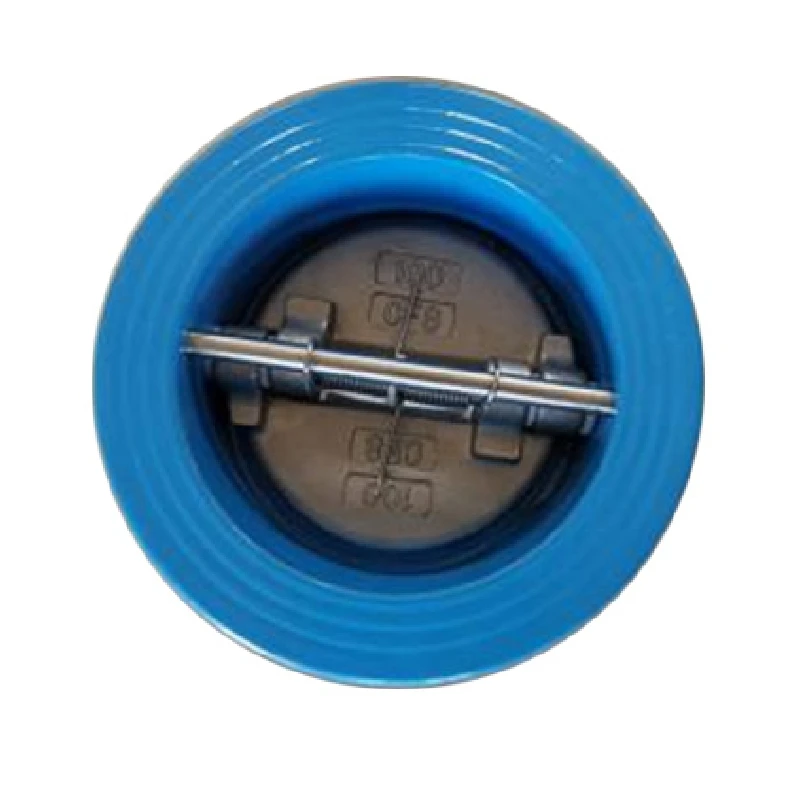Dec . 11, 2024 10:25 Back to list
actuated gate valve
Understanding Actuated Gate Valves A Comprehensive Overview
Actuated gate valves are essential components in various industrial processes, allowing for the controlled flow of liquids and gases. These valves are widely used in applications ranging from water treatment plants to oil and gas refineries, providing reliable performance and efficient operation. This article explores the structure, working mechanism, advantages, and applications of actuated gate valves.
Structure and Components
An actuated gate valve comprises several key components, including the valve body, gate, actuator, and stem. The valve body is typically constructed from durable materials such as stainless steel, carbon steel, or alloys, ensuring strength and resistance to corrosion. The gate, often made of similar materials, is designed to slide vertically within the valve body, either opening or closing the flow path.
The actuator is the heart of an actuated gate valve. It can be hydraulic, pneumatic, or electric, facilitating the automatic operation of the valve. The stem connects the actuator to the gate, translating the actuator's movement into the linear motion necessary to open or close the valve.
Working Mechanism
The operation of an actuated gate valve is relatively straightforward. When the actuator is engaged, it applies force to the stem, which in turn moves the gate either up or down. When the gate is lifted, flow through the valve is unrestricted, allowing liquid or gas to pass freely. Conversely, when the gate is lowered to its fully closed position, flow is completely obstructed.
One critical feature of gate valves is that they are designed for minimal flow resistance when fully opened. This characteristic is particularly vital in applications where maintaining pressure and flow rates is essential, such as in pipelines transporting fluids over long distances.
Advantages of Actuated Gate Valves
1. Automation One of the primary benefits of actuated gate valves is automation. The integration of actuators allows for remote control, reducing the need for manual operation. This feature is essential in hazardous environments where human intervention is risky.
2. Quick Operation Actuated gate valves can rapidly open and close with the push of a button, enhancing operational efficiency. This quick response is critical in emergency situations where immediate control over the flow is necessary.
3. Reduced Wear and Tear Since actuators provide consistent and controlled movements, there is less risk of operator-induced wear on the valve mechanisms. This contributes to a longer lifespan for the valve and reduces maintenance costs.
actuated gate valve

4. Versatility Actuated gate valves can handle various media, including corrosive and viscous liquids. Their robust design makes them suitable for high-pressure and high-temperature applications.
5. Minimal Leakage The design of gate valves minimizes the potential for leakage when fully closed, making them ideal for applications where maintaining system integrity is crucial.
Applications
Actuated gate valves find applications in numerous industries, including
- Water and Wastewater Treatment In this sector, actuated gate valves control water flow in treatment facilities and distribution systems, ensuring efficient operations while maintaining water quality.
- Oil and Gas These valves are critical in the oil and gas industry, managing the flow of crude oil and natural gas through pipelines, refineries, and processing plants.
- Chemical Processing Actuated gate valves are employed in chemical plants to manage chemical flows and reactions safely, reducing the risk of spills and environmental contamination.
- Power Generation In power plants, these valves control steam and water flows, essential for effective energy production and resource management.
- Food and Beverage The food industry utilizes actuated gate valves to control the flow of liquids and prevent contamination, ensuring food safety and compliance with regulatory standards.
Conclusion
Actuated gate valves are vital to modern industrial operations, offering automation, reliability, and efficiency. Their robust design and straightforward functionality make them suitable for various applications across multiple sectors. As industries continue to advance, the importance of efficient flow control methods like actuated gate valves will only increase, emphasizing the need for innovation and adaptation in valve technology. Understanding these components’ operation and advantages ensures that businesses can harness their full potential in optimizing processes and enhancing safety.
Share
-
Advanced Technology in Wire and Cable FactoryNewsAug.19,2025
-
Applications of Ball Check Valve in Water Treatment PlantsNewsAug.19,2025
-
How Osy Gate Valve Ensures Leak - Tight SealingNewsAug.19,2025
-
Selection Criteria for Wafer Type Butterfly ValveNewsAug.19,2025
-
Threaded Ball Valve Pressure RatingsNewsAug.19,2025
-
Y Strainer PN16 Cost - Effectiveness AnalysisNewsAug.19,2025


